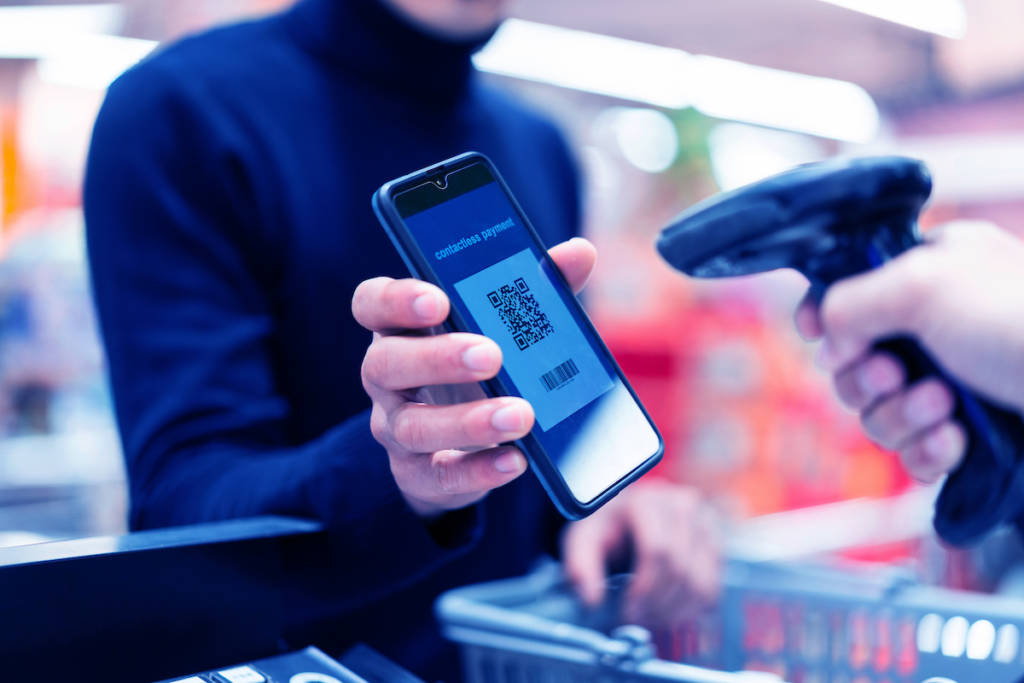Nidhi Alberti: Andrew, let’s start with some of your tips for merchants for a successful Black Friday and Cyber Monday.
Andrew Marshman: Sure! As we know, the spike in online shopping during Black Friday and Cyber Monday is driven by promotions and discounts, attracting shoppers, who are in a hurry to find bargains and snag the best price while also having a positive shopping experience. As such, I think there are a few things that merchants can do to help drive a better experience, while ensuring that customers get the best deals.
For one, I would advise dropping the need for customers to physically enter a discount code to get the best price. It forces more clicks and drives customers elsewhere in search of a promo code. If they don’t quickly find one, they likely won’t come back – and while looking they may reconsider or find a better offer elsewhere. Arguably, promo codes generate more sales for merchants at other times but when consumers are driven by Black Friday and Cyber Monday impulse buys, promo codes are not likely to benefit to merchants. Once a customer has made a decision to buy, it’s important that the merchant completes the customer payment as quickly as possible.
Customers want that bargain, and they don’t want to risk missing out, so avoid having them enter unnecessary data during the checkout process. Also, don’t add unadvertised delivery charges on the payments page, minimize cross-sell techniques and don’t force customers to register to complete their purchase. All of these tasks can lead to abandoned baskets, which could otherwise have been avoided.
Retailers must focus on getting shoppers through that funnel as efficiently as possible – converting shoppers to customers. Every task in the shopping journey and every click will result in fewer shoppers completing that journey. And, another merchant will be waiting to pick up those abandoned carts.
NA: What should merchants also consider for mobile shoppers?
AM: Most of the same points apply, however, these factors are probably even more pronounced for mobile shoppers. It’s even less desirable to have customers searching for promo codes on mobile devices where text messages and calls may be a distraction. The more there is to enter or click on when shopping on a mobile device, the more likely the customer is to abandon the basket.
NA: That’s some good advice for merchants. So, what about from a payments perspective?
AM: A significant volume of incomplete purchases occur even once a customer gets to the checkout page, so ensuring that this final step is frictionless is essential. That means providing the preferred payment methods that customers want to use and ideally not redirecting the customer to a hosted payments page. Again, for quicker conversions, keep the payments page clear, simple and minimize the number of clicks and data entry. On a mobile device, entering payment details can be event more of an inhibitor to customer conversion. Merchants should focus on one-click payments and card scans to ensure a smooth payment process.
In the U.K., online payments are still mostly made with credit/debit cards, with a significant volume of PayPal. But Klarna, and other forms of immediate credit, are growing in popularity. Sale shopping is often funded by consumer credit. Retailers that offer these payment methods may see a proportionately larger share of customer spend.
NA: What else should merchants think about for a successful shopping season?
AM: Reliability is another key component of a successful shopping season. There are numerous cases where retailers’ payment systems have failed them at a critical time. During Black Friday and Cyber Monday, this could be hugely damaging to their bottom lines. Unsatisfied customers won’t be back later in search of that bargain, and some may become less loyal customers in the long term.
Retailers need to ensure their payment services are delivered by reputable suppliers with proven systems and instant back-up plans, as well as sufficient capacity to handle a much higher than normal number of transactions during peak. But how many retailers know what their back-up plan is, or how their payments provider would deal with such a situation? It’s not just retailers’ own peak that they should be concerned with; the supplier needs to be able to handle the spike across all of the retailers that they serve.
NA: Thanks, Andrew, that’s great advice. Erika, let’s talk a bit about fraud; should merchants be worried about fraud attacks during these major shopping days?
Erika Dietrich: Black Friday and Cyber Monday provide great opportunities for retailers to drive sales and increase customer loyalty through various offers online and in-store. However, it’s also a great opportunity for fraudsters to increase their own “revenue,” so to speak. Last year, we saw fraud increase in the buy-online-pick-up-in-store (BOPIS) channel by 13 percent versus one percent on other channels. And, we’ve seen security and compliance requirements continue to be front and center for retailers, specifically PSD2 requirements as they come into effect in Europe.
NA: So, what can merchants do to protect their customers and their businesses from fraudsters?
ED: By analyzing last year’s holiday shopping season, and reviewing areas for improvement, eCommerce merchants can drive revenue through higher acceptance rates and reduced chargebacks, without causing undue customer friction.
I would recommend that eCommerce merchants pay close attention to the BOPIS channel this year and put appropriate fraud mitigation strategies in place – both at the time of purchase and at the point of collection. Secondly, as bot attacks on merchant sites continue to increase in frequency, along with the level of sophistication, merchants must enhance the systems used to detect and contain these attacks for reliability, detection and resilience.
System freeze periods – to ensure system stability and reliability prior to peak periods – should start earlier than Black Friday and Cyber Monday. For instance, some merchants start as early as September 1. And, of course, implementing strong customer authentication – specifically, multi-factor authentication – will go a long way to reducing the incidence of fraud, too.
Through the utilization of “positive profiling,” merchants can maximize revenue and improve conversion rates by successfully sorting the good customers from the bad. Finally, merchants can increase international acceptance rates by adding alternative payment methods with risk strategies that are focused on high acceptance while detecting fraud trends.
By implementing these best practices in preparation for Black Friday/Cyber Monday and the rest of the 2019 holiday shopping season, merchants can protect their businesses and consumers from fraudulent activity.
To find out more about how to be prepared for the upcoming holiday shopping season, check out the 2019 Holiday Season Preparedness Guide.



